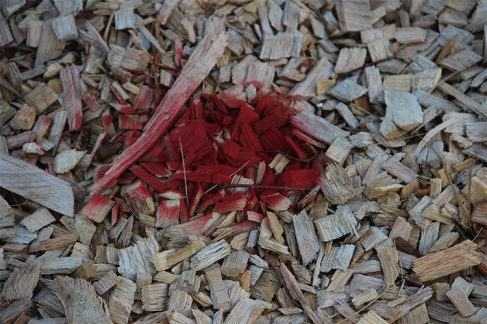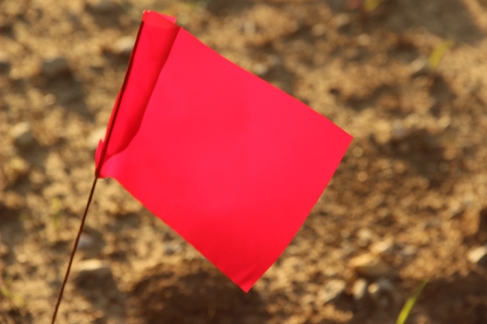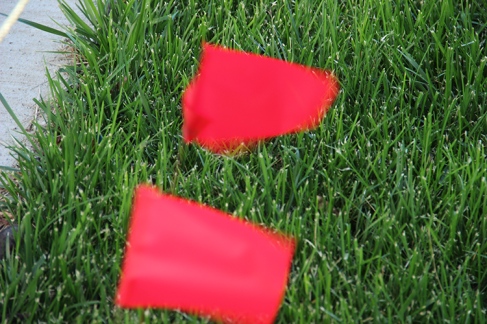Reporting Track, a video tutorial on how to produce compelling multimedia pieces, is created by MediaStorm, a company that help its clients to better tell their stories by means of the multimedia tools. They wrap up the important processes and tips on audio, still and video storytelling based on their former experiences with the team after trial and error.
The tutorials reshape my understanding of the word “multimedia”. I used to think “multimedia” as a mixture of different media forms, which is largely dependent on video for it includes the other two. However, as the tutorial implies, both stills and audios have great importance in storytelling and sometimes even more compelling than video clips. A good multimedia piece is not only about how to capture the viewers’ attention or how appeal to their senses, it will also be influenced by different techniques with behind-the-scene organizing, such as changing the focus and flipbook animation.
In addition, I regret not having seen this video before shooting the 3-picture assignment, during which I failed to ask the name of one of my picture subjects. I think a lot of the techniques they mention could be easily handled like changing focus, for it is a way of thinking. If you keep this in mind, you can do it well.
1. Taking a picture v. giving a voice – what is the difference? How does audio support our capacity to “give our subjects a voice”?
While taking a picture only involves recording the still moments of the subjests, giving a voice can only be achieved when you add a narrative to the subject by letting them to tell the story. Audio can help bring the narrative to the story rather than just adding the voice to the picture, thus providing a chance of giving a voice.
2. Which is more important? Audio or visuals? How so? Where should you start to establish the narrative? What percentage of production time is spent on audio? How is audio more intimate than video?
While 90 percent of the photographers may think visuals more crucial, audio is considered more important in storytelling, because of the fact that 70 percent of the production time is spent on audio, including tasks such as editing, mixing sound and adjusting ambient sound. Thus, we should start to establish the narrative by working on the audio as a beginner. Once the narrative is built based on the audio, visuals are just on the top. In addition, audio interview is more intimate because it allows you to achieve more physical proximity, unlike video interview, which could be distracted by the equipment between the people.
3. TECHNICAL regarding audio: What is db? What are the “levels” on the sound recorder? What is an XLR cord? How many inches should the microphone be from the subject? What does it mean to set it and let it?
Generally speaking, the “levels” on the recorder represents the volumes of the recorded sounds. And “dB” stands for decibel, the unit for volume. XLR cords connect the XLR ports on the recorder and a microphone. The microphone should be placed 2 inches below the side of the subject’s mouth. Besides, you should always set it and let it, which means the reporter should set the levels once before the interview and not go back to adjust later on during the interview.
4. What is ambient sound? What is it meant to do or accomplish?
Ambient sound is the natural sound you hear in the environment, which can be employed to elevate the project if used well. For example, the ambient sounds of the gunshots can lead you to the scene by adding texture, sense of place and mood. During the reporting, reporters should isolate the ambient sound with the microphone, and record 30 seconds of the ambient sound after the interview.
5. Who should you interview. BE SPECIFIC regarding the MediaStorm video. The answer is not improvisational.
Everyone you make a good photograph of, as well as the key characters of the subjects. Also, it’s better to have a conversation with good questions for at least 10 to 15 minutes.
6. What is the video workflow? Be specific and describe it in detail.
While shooting a video for a multimedia piece, try to capture four types of shots, from wide to medium to close-up and to extreme close-up, after you set a location. Each of the type should be at least 15 seconds. Then you repeat the process when you change a location.
7. Kitchen sounds, cell phones, room noise, radio and repetitive sounds are all obstacles for gathering good audio. How should you overcome these obstacles? Provide a solution for each obstacle named.
Control the signal to noise ratio by getting the microphone really close to the subjects.
You can turn off the devices in the kitchen if they are too loud; you should tell people to turn off the cell phones before you begin to do an interview; if a room contains too much noise, just ask the subject to change a location. Similarly, you should ask the person to turn off the radio. However, you can take a picture of the noise source if you can’t turn it off.
8. How do you get your subjects to answer in a complete way?
In order to get your subjects to answer in a complete way, you can try to ask pairs of questions instead of singles ones.
9. Is it okay to ask someone to repeat themselves. No, it’s not. Why not? What can you do if you want someone to explain something or repeat it?
It’s not a good idea to ask someone to repeat themselves only because of the requirement of the audio interview, for there are more than one way to resolve the problem. One practical way of encouraging the subject to restate their sentence is to use silence by staring at them. If that doesn’t work, try to use “dumb dog” to tell the subject you don’t understand.
10. Can you take pictures and record audio or video at the same time?
One should never try to take pictures while recording the audio because the sound the of camera will be recorded and bring difficulty for post-production.
11. What are the four different types of still images that you should be sure to take? Which of these can you never have enough of?
Basically, there are four types of the stills: wide, medium, close-up and extreme close-up. You can never have enough of tight clean portraits (close-ups) and detail shots(extreme close-ups).
12. Describe: flipbook animation, near frames that end on decisive moments, two picture combinations and rack focus.
There are four basic techniques of interweaving from stills to videos: Flipbook animation means to showcase a series of stills in a process quickly to indicate a motion by laying them in a timeline. Sometimes, we use a sequence of images of a process, the last of which shows the decisive moment and tell the story. Two-picture combination is used to reflect a change by a simple dissolve of two picture. Rack focus refers to the focus changing in the same setting of two pictures.
13. When do you use stills and when do you use audio?
Stills are used for showing the decisive moment while video plays an important role of recording motion and synchronous audio visual experiences.
14. Video is like fishing and still photography is like hunting. How so?
While still photography requires photographer to be active in searching for good moments and appealing scenes like a hunter looking for the game, video shooting needs patience for letting the shot happen, which resembles fishing when you throw it out and wait until the fish come. Also, you can’t quicken the pace of the video shooting process but can anticipate the action to happen.
Reading: “Surviving the Tsunami: Stories of Hope”( twitthis.com/y8y57l )
— Stefan Ouyang (@StefanOuyang) June 1, 2013



